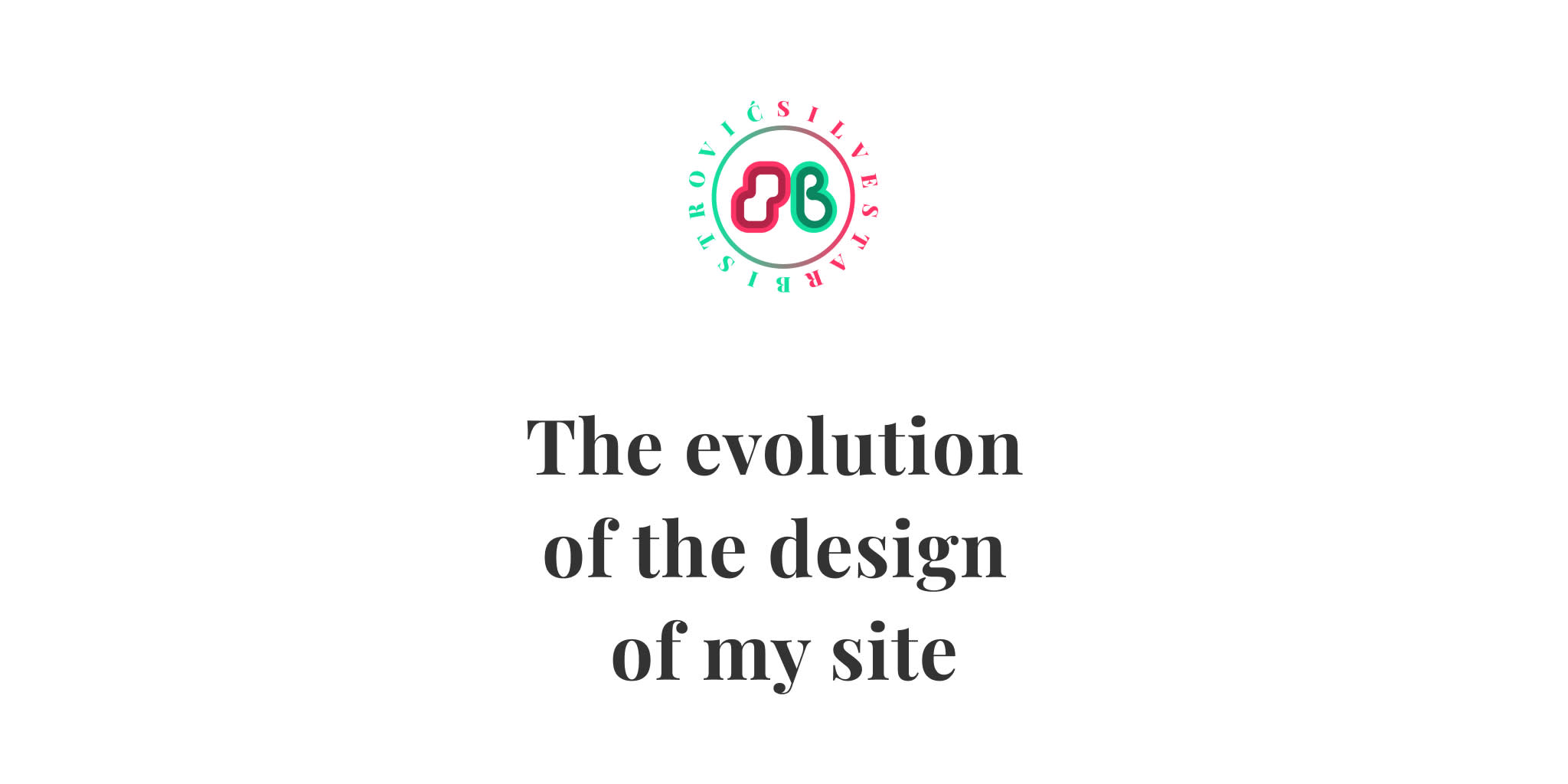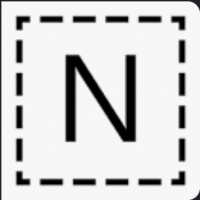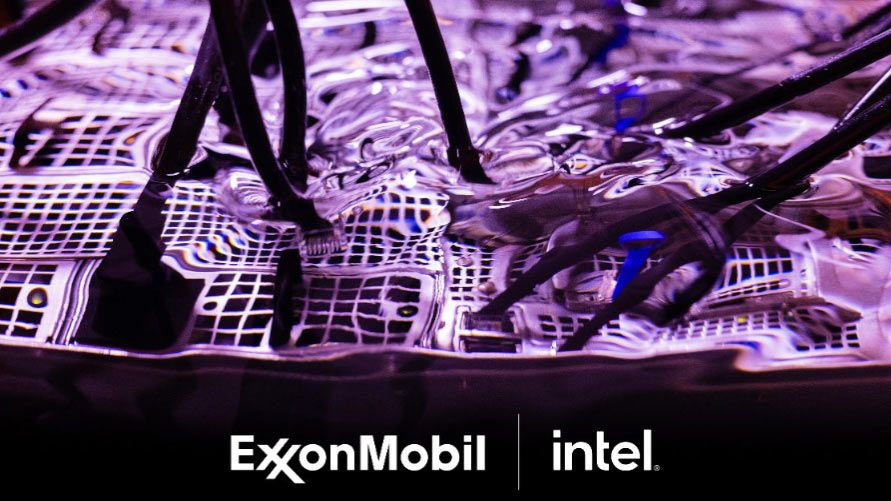
MarketWatch Site Logo A link that brings you back to the homepage.
His account jumped more than $3 billion in just three years, even though he did not contribute money to his Roth after 1999, ProPublica found. It had reached $5 billion at the end of 2019. Thiel, 53, need only wait until he turns 59 ½ to withdraw any of his Roth account balance completely tax-free. See: ‘I’m still not on the Roth IRA bandwagon’: Have you made these tax blunders? Thiel’s Roth account balance is wildly different than the everyday retirement saver’s. Approximately 21.6 million taxpayers had Roth IRAs at the end of 2018, collectively worth $845 billion. Broken down, that equates the average balance to roughly $39,100, according to IRS data. Amassing this amount of money in a Roth IRA is not simple. The contribution limit for these accounts is $6,000 a year in 2021 (or $7,000 for people 50 and older). There are also income restrictions. For example, single individuals with modified adjusted gross incomes of less than $125,000 in 2021 can contribute up to the limit, but their contributions are phased out if their MAGI is between $125,000 and $140,000, the IRS states. If they earn more than $140,000, single taxpayers cannot contribute to a Roth IRA. For married couples filing jointly, the threshold is between $198,000 and $208,000 in 2021. Thiel and other entrepreneurs also used their Roth IRAs slightly differently than the average investor might, ProPublica found. For example, Thiel bought 1.7 million shares of PayPal PYPL, +2.18% in 1999 for $0.001 per share, or $1,700, ProPublica reported. With this strategy, investors are able to buy a large number of shares in a startup at just fractions of a penny per share. When those investments garner large gains, investors can use the proceeds from these investments still inside the Roth IRA to make other investments. Substantial gains could be derived when the company goes public and share prices skyrocket. The gains from those sales are then tax-free, because they occurred inside a Roth IRA. Also see: Should you convert your IRA to a Roth if Biden’s infrastructure plan passes? Individuals can also use Roth conversions, where they take money from a traditional IRA and move it into a Roth after paying a one-time income tax on the transferred assets. These transfers can also be known as a “backdoor Roth,” because they’re working around income limits to push money into these ultimately tax-free accounts. ProPublica reached out to Thiel for comment but did not receive any response. MarketWatch also reached out to a spokesman for Thiel. Critics argue these accounts should be subject to policy reform. “A threshold will likely be imposed after a story like this, because I think that the goal for this stuff was to help middle-income people, lower-income people have a nest egg for their future,” Anthony Scaramucci, founder and co-managing partner of SkyBridge Capital and former White House communications director, told CNBC. Ted Weschler, an investment manager at Berkshire Hathaway, has also amassed a fortune in his Roth account, ProPublica found. In a statement to ProPublica, Weschler said his account relied on publicly traded investments and strategies anyone could use, but he supports reform. “Although I have been an enormous beneficiary of the IRA mechanism, I personally do not feel the tax shield afforded me by my IRA is necessarily good tax policy,” he said in the statement.








.png)







